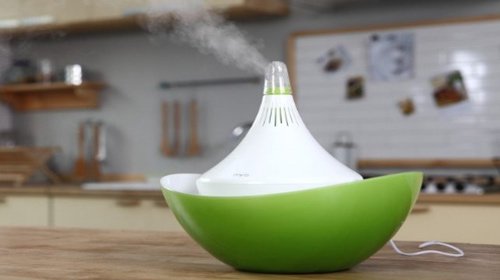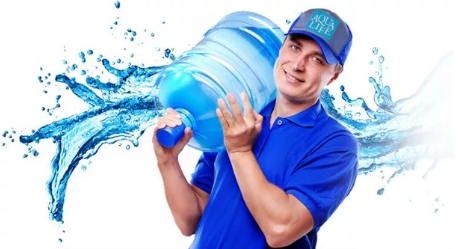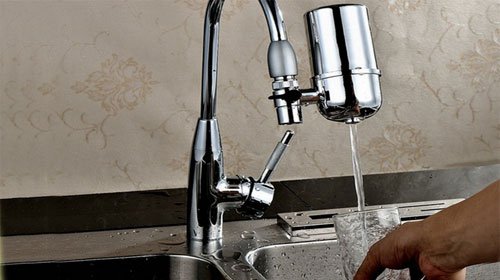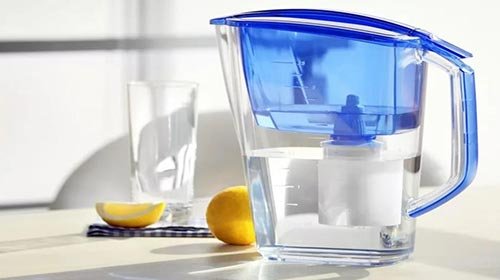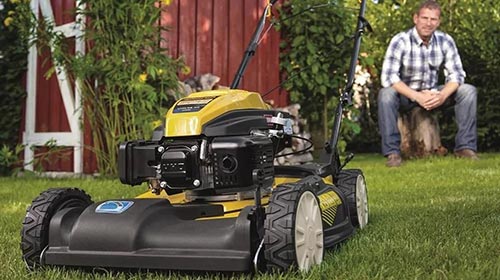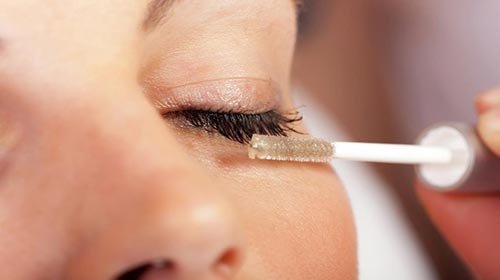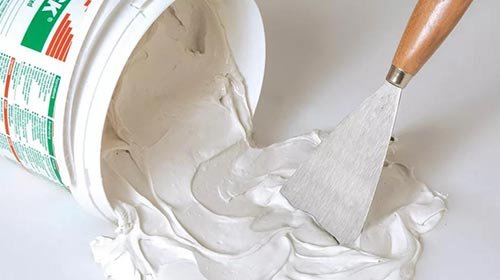The quality of tap water leaves much to be desired. Boiling makes it relatively safer, but no cleaner. Constantly buying bottled water is inconvenient and unprofitable - a decent amount comes over the year. Therefore, many are thinking about buying a filter for drinking water. They are different - they are worn directly on the faucet or installed under the sink, they differ in the number of degrees of cleaning - it is not easy to choose the right device. Therefore, we decided to tell you which filter gives the best cleaning results, how to determine the necessary option for turning a hard, rusty, unusable fluid into good quality drinking water. Ten tips will help you make the right choice.
Content:
Main selection criteria
How to choose the best filter based on the basic parameters?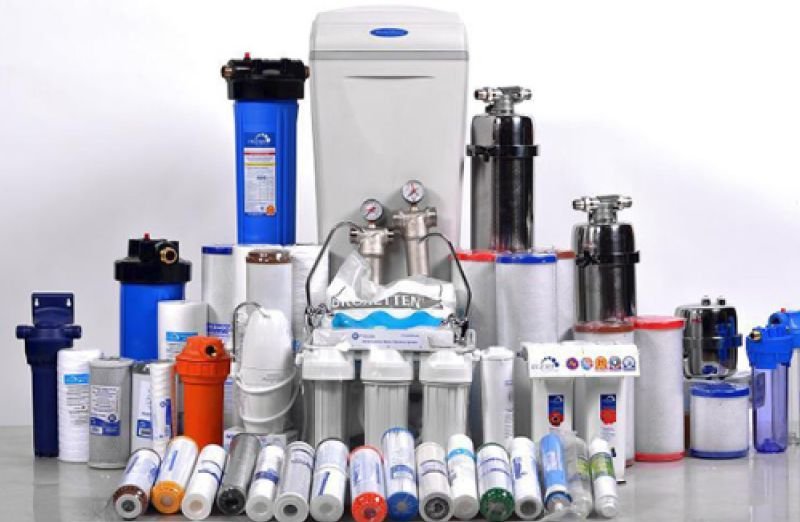
It is difficult to choose a suitable filter, not understanding what task it should perform. Therefore, before going to the store will have to clarify a few points.
- The degree of contamination of water. The worse the water quality, the more powerful the filter is. Even if you visually notice that the color of the water is muddy or reddish, pay attention to better systems.
- The degree of purification. It all depends on your preferences. Most budget filters make the water just potable, more expensive systems provide the maximum degree of purification. The composition of the water becomes closer to distilled.
- The purpose of the application. If it is more convenient to use an ordinary pitcher for use at work, then for the apartment the stationary model will be the best option.
Types of filters
Which type of filter is best to choose?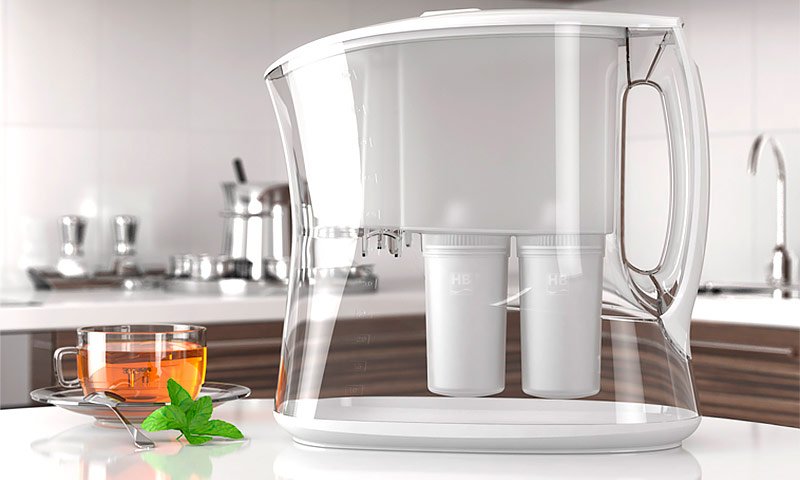
On sale you can find many filters for water. They differ in design, quality of cleaning, size, volume of water produced. Consider their characteristics, advantages and disadvantages, and you decide which option to choose.
- Filter jug. Primitive in design, compact and inexpensive devices. They consist of a tank with a volume of 1-2 liters, a tank and a filter located inside. The use is very simple - water is poured into the tank, passes through the filter and flows into the jug. An inexpensive and simple option - it can be taken to work, on trips, used in an apartment, provided there is a small need for water. A device of this type copes well with light pollution, but you should not expect deep cleaning from it.
- Flow filter. More complex systems connected to the water supply. Cheap models purify water only from chlorine and large impurities. Models that use carbon filters also cope with phenol, a bacterial environment. More expensive filters are more efficient. Flow models differ in construction. There are fixed devices installed under the sink or on the table near the sink. For the supply of purified water provides a separate tap. Nozzle filters are less common. All flow-through devices are easy to use, compact, they purify water quite effectively. To install them do not need to resort to the services of specialists. But there are also minuses - a small resource of work of filters, high cost of consumables.
- Multistage systems. The best filters for the purification of highly polluted water - devices with a reverse osmosis membrane, several stages of purification. They perfectly cope with any extraneous impurities, substances. Many models have a fairly compact size, as well as flow filters, are designed for installation under the sink.Among the shortcomings can be called a rather high cost of the devices themselves and consumables, as well as considerable water consumption. For example, in order to obtain one liter of purified water suitable for drinking, about five liters of the initial liquid will be consumed. For apartments with water meters, this option will result in an additional expense item.
Filter manufacturers
Which manufacturers produce the best filters?
If you want to get good quality water, you should choose well-known, reputable manufacturers. The best and most popular are several brands.
- "Aquaphor". Famous Russian brand that produces all kinds of filters. The company offers models in different price categories. A big plus - replaceable cartridges for filter jugs can be purchased even in ordinary supermarkets. On sale you will find many flow systems of this brand. Some of them use the unique substance Aqualene - a proprietary development of its own. Reverse osmosis models are also available. Among users, brand products are popular for their good quality and reasonable price.
- "Barrier". Another Russian brand that is worthy competition to Aquafore. The manufacturer offers customers jugs, tabletop filters, models for washing, complex devices with reverse osmosis. You can choose the best option, taking into account the area of the apartment and the kitchen in particular, budget and needs. It differs from other companies with interesting offers - in the assortment there are filters for the shower, children's filters.
- Aqualine. Budget, but popular brand of Taiwanese production. Specializes mainly in flow-through systems and reverse osmosis models. With a low price, the products have good quality. The main distinguishing feature - for the manufacture of the first flask is used transparent plastic through which you can visually monitor the degree of contamination of the filter.
In addition to these three brands, there are other brands that deserve attention - this is New Water, Kristal, Atoll, Geyser.
Cost of
How much are water filters, which one is better to choose - expensive or budget?The cost of the filtering device for drinking water depends on the type of design, brand, performance, feature set.
- The price of the simplest jugs starts from about 300 rubles. But here it is better not to save and take the model a little more expensive. For example, "Aquaphor Provence" with the function of cleaning from free chlorine and water softening.
- The cost of nozzles on the crane starts on average from 1 500 rubles. But here we advise to give preference to models with an optimal quality of cleaning. Users speak well about the filter "Breeze" with the functions of deferrization, water softening and cleaning it from free chlorine.
- The cheapest desktop dispenser costs about 1,500 rubles. But, again, consider more solid models. Quite popular among users filter Keosan KS-971. It costs about 7,000 rubles, but has six steps of cleaning, the function of deferrization, softening, water salinity.
- Filters "under the sink" more expensive. You can find very cheap models from 500 rubles, but, as a rule, they do not cope with their functions, they quickly break down. The cost of reliable and efficient models starts on average from 5,000 rubles.
- Systems with reverse osmosis give the highest quality cleaning, but also cost accordingly. The price of a functional and high-quality filter is at least 6,000 rubles. There are models that cost over 50,000 rubles. The price depends on the brand, a set of functions and the number of degrees of purification.
Initial water quality
How to choose the best filter based on the original water quality?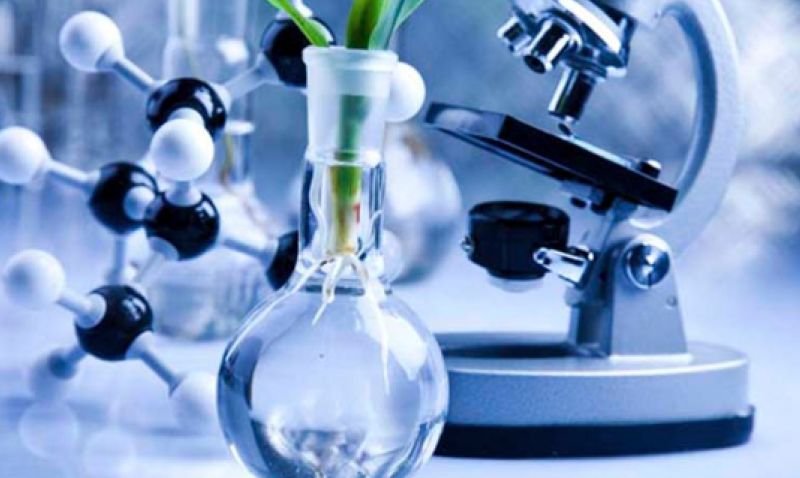
In the water that flows from the tap may contain a variety of impurities - harmless and hazardous to health. Therefore, before buying a filter, it is desirable to find out the quality and composition of water. Do not be lazy to take a sample of water to the sanitary epidemiological station or to a private laboratory for analysis.
Based on the results, you can already choose a filter.Be sure to pay attention to water hardness. With a rate of up to 8 meq-eq., You can install a regular flow filter. If the rigidity is higher - up to 8-12 mEq, only the system with reverse osmosis can cope with the cleaning. The same system should be preferred if the examination report indicates the presence of organic substances, bacteria, fungi.
Cleaning method
Which filters are better, which one to choose - absorption, membrane or osmotic?
Modern systems are made up of several types of filters at once for the most effective purification of water. Most commonly used are the following options.
- Absorption. The filter element on the basis of the absorbent, whose function is most often performed by a carbon filter. As the operation proceeds, the cleaning quality gradually decreases. The filter needs to be changed regularly. If this is not done, after a while it will become a source of pollution.
- Ion exchange. The principle of operation is based on the reaction of replacing inadmissible substances with harmless compounds. Such filters are good to use, for example, when exceeding the norm of calcium salts. A small minus - the exchange buffer is quickly exhausted.
- Membrane. Contaminated water is passed through a molecular sieve - microscopic channels in the membrane. Their diameter is so small that it does not exceed the size of the water molecule. All molecules and particles of larger size can not penetrate the membrane. Filters are efficient and economical to use.
- Osmotic. Modern, the most effective cleaning devices using the principle of reverse osmosis. They are characterized by a high degree of purification, removal of all salts, minerals and other foreign substances from the water. Minus - the high cost. Compared to flow-through devices, the performance is very small, so the reverse osmosis filter must be equipped with a storage tank.
Cleaning steps
How many cleaning steps should I choose?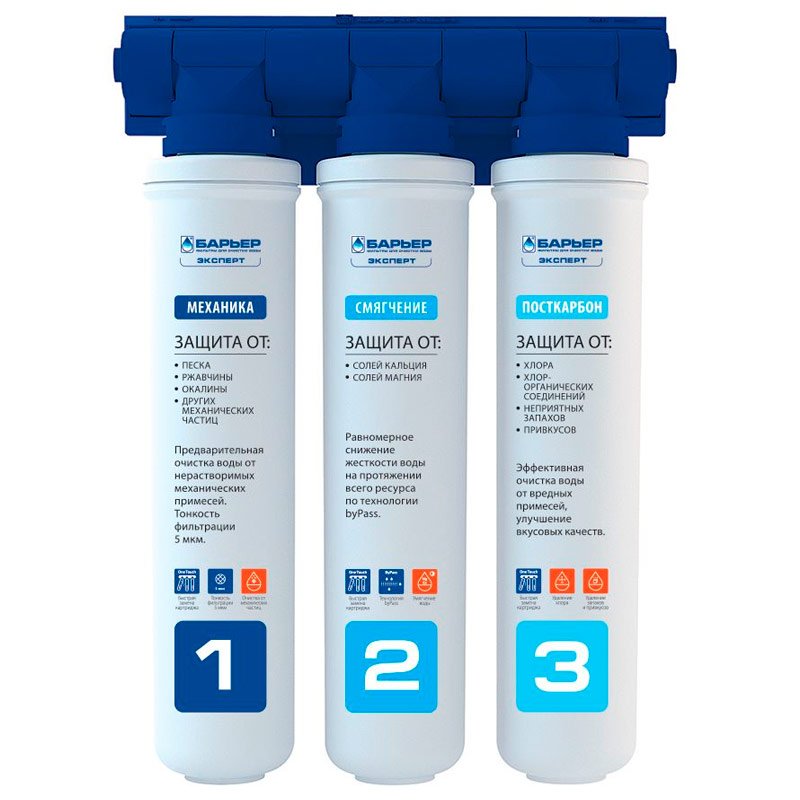
Different filters have from one to eight cleaning steps. The more of them, the safer and more pleasant to the taste of water. In multistage devices, the first three stages are considered the most important.
- Water is purified from mechanical impurities - rust, silt, sand. Particles are trapped by porous polypropylene filters. Some of them already remove iron dissolved in water at the first stage.
- Heavy metals disappear from the water, it softens due to ion exchange.
- Chlorine, odors and pesticides are removed by absorption. The general properties of water are improved - smell, taste, color. The most common absorbent is activated carbon. Some companies produce it from coconut shells, 2-3 times increasing the absorption capacity of the filler. The addition of silver prevents the development of pathogenic microflora inside the filter.
Subsequent steps depend on the filter model. For example, reverse osmosis, deironing, water mineralization.
Additional filter properties
What additional filter properties to choose - deironing, mineralization?
Some models provide the ability to install additional filters. For example, to enrich water with minerals after treatment with reverse osmosis systems.
- Additional filters for cleaning iron. It is advisable to install such a filter only in those zones where its high content is set in the water. Excess iron harms the health, the condition of household appliances. The water supplied by the central highways contains divalent and trivalent iron. Coarse filters deal only with ferric iron. To get rid of bivalent iron, it is necessary to use more complex filling devices with multi-component mixtures. In addition to the main purpose, they eliminate excess water hardness, manganese, and a number of other compounds.
- Mineralization of water. Reverse osmosis filters "under the sink" detain not only harmful compounds, but also useful mineral components. Some models are equipped with an additional option of mineralization. If not, you can install the mineralizer yourself.Just before buying a filter, check with the seller whether it is possible to add mineralizer to your chosen model. This is a small plastic device filled with slowly dissolving minerals. They fall into the purified water.
Water flow
How to choose the best filter based on the calculation of water consumption?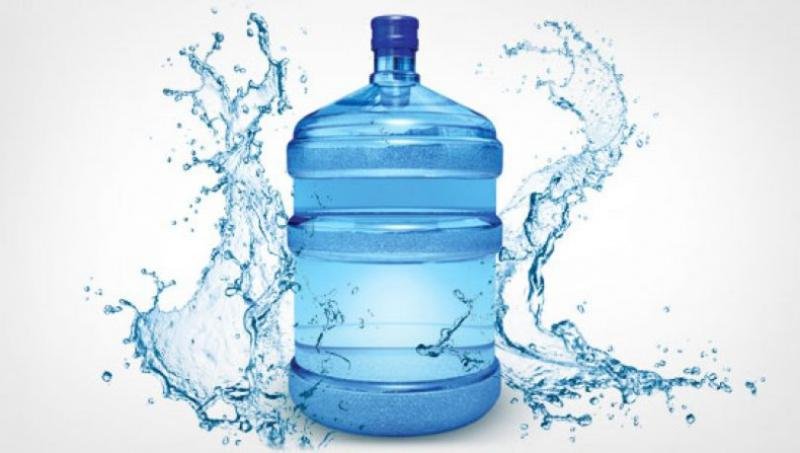
Before buying a device, you need to calculate how much drinking water your family needs per month. Every day a person needs two liters of clean water. To this volume you need to add about another liter, which will be used in the form of soup, coffee. That is, about three liters of water are needed per person per day. For a family of three, the average water consumption per month will be about 270 liters. This figure and need to be compared with the performance of the model and filter resource.
For example, cartridges for jugs have a small resource - only 250-300 liters. A monthly replacement will be required, which is not very economical. Models with the principle of reverse osmosis have a greater service life - 3000-8000 liters. With maximum performance, the duration of using one cartridge is about 30 months. But experts do not recommend using the same filter for more than a year, as it can itself become a source of water pollution, therefore, it does not make much sense to purchase devices with a maximum operating resource. Choose a middle ground.
Filter Fillers
What filter fillers is better to choose - coal, shungite, zeolite?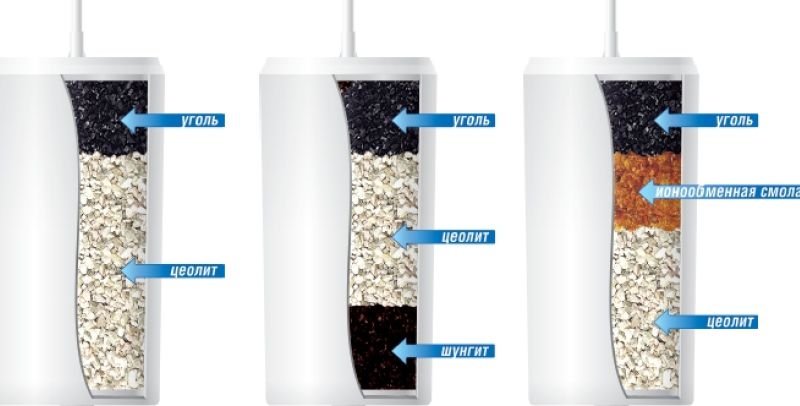
The cleaning principle is approximately the same for all filters, but different substances can be used as a filler.
- Activated carbon. It is used very often due to its high level of absorption. It purifies water quality and at the same time is quite affordable.
- Zeolite. Quite often used for filling filters. It relieves water from ammonia and other harmful organic compounds. The unique natural mineral easily copes with the absorption of salts of heavy metals, chemicals, nitrates, phenols, bacteria, pathogens and radioactive elements.
- Shungite It is a rock with powerful cleansing properties. It is considered the optimal filler for removing chlorine, a number of complex organic, organochlorine compounds. Simultaneously with the purification, shungite saturates the water with useful trace elements, magnesium and calcium salts.

